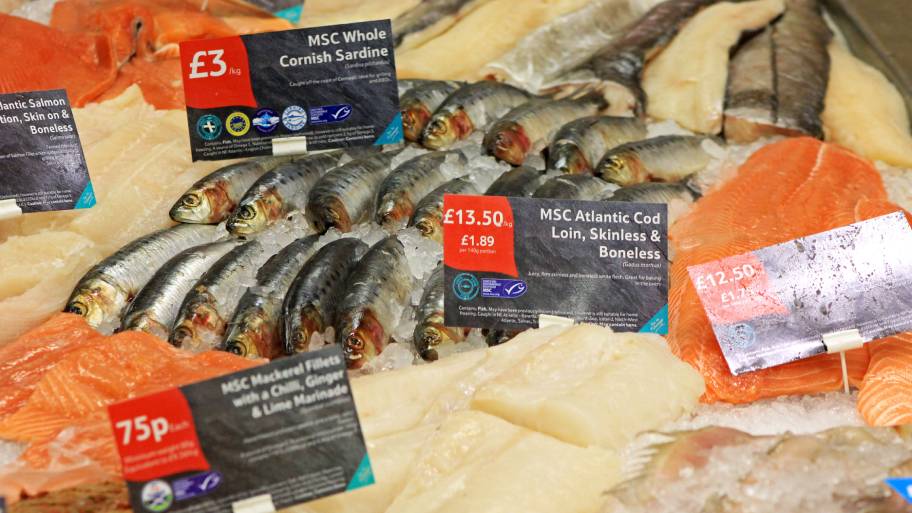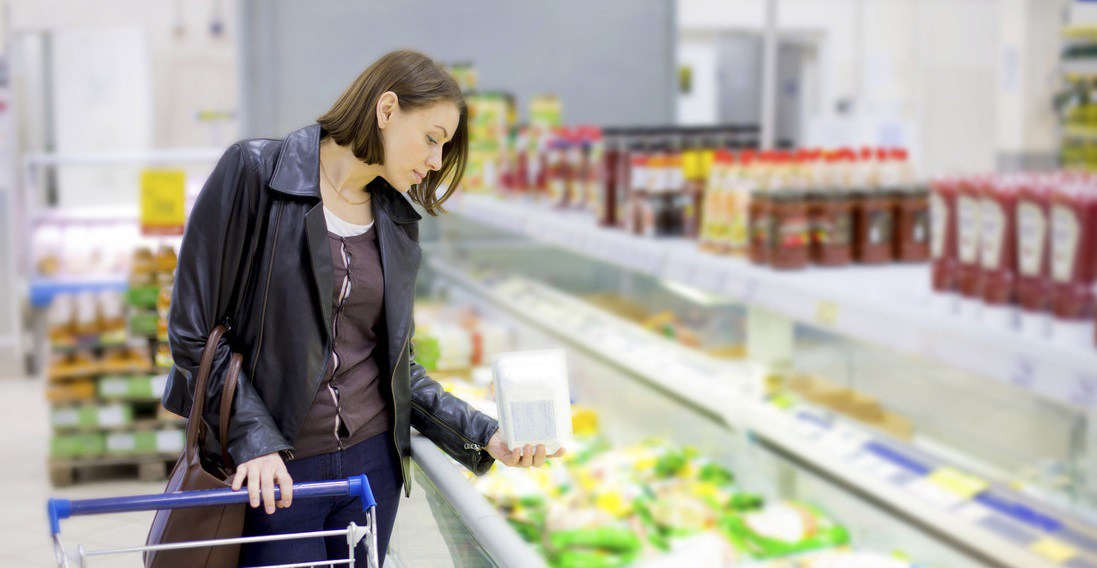Buyers, retailers and shoppers are navigating an increasing number of seafood labels. We are often asked what makes the Marine Stewardship Council (MSC) stand out in comparison to other labelling and seafood certification programmes. Here’s a summary of the key points.
Wild caught, environmentally sustainable
The MSC programme considers the environmental sustainability of wild-capture fisheries. Other schemes, such as that run by the Aquaculture Stewardship Council (ASC) consider aquaculture practices involved in responsible fish farming. We work closely with the ASC to offer buyers assurances for both wild and farmed seafood.
There are also other programmes, such as Seafish’s Responsible Fishing Scheme and Fair Trade USA which focus on the social impacts of fishing such as labour conditions, working hours, and the treatment of crew members. While the MSC is looking to develop enhanced requirements for labour practices within MSC certified fisheries over the next couple of years, our focus will remain on environmental sustainability.
Taking a holistic point of view
The MSC’s standard for sustainable fishing takes account of the entire fishery and ecosystem on which it depends. Fisheries are assessed according to the sustainability of the fish stocks they target; their impacts on the wider marine environment including habitats and other species; and how effectively they’re managed.
Other programmes may consider just one or some of these elements. For example, dolphin safe labelling focuses on the single issue of interactions with dolphins, defined by the fishing techniques used, but doesn’t consider impacts on other species or the wider environment.
Fishery focussed
Assessment to the MSC Fisheries Standard considers the specific impacts and contexts of a particular fishery. Fisheries targeting any seafood species (with the exception of marine mammals) and using any gear type (with the exception of poisons and explosives) can enter MSC assessment. They are assessed on their specific impacts to determine whether or not they meet the MSC’s requirements.
This differs from seafood recommendations or ratings, such as those produced by WWF, Monterey Bay Aquarium’s Seafood Watch, Vancouver Aquarium’s Ocean Wise or the Marine Conservation Society. These recommendations tend to focus on species types in general and provide information for consumers or caterers to use in making informed choices. Many take MSC certification into account, but they use different criteria to determine the sustainability of the fishery, usually based on their own review of information available.
When it comes to the MSC programme, all consumers and buyers need to do is look for the blue MSC label on seafood products to know that a fishery has been assessed as sustainable by an independent auditor.
In-depth assessment, science, data, consultation and peer review
Assessments to the MSC Fisheries Standard take around 18 months to complete. They’re conducted by independent conformity assessment bodies (CABs) who employ a team of experts to assess the fishery. This team is required to visit the fishery, consult all relevant stakeholders and consider all available data and information in making a decision as to whether or not the fishery should be certified. Their recommendations are also peer reviewed by independent experts.
No other program for assessing the environmental sustainability of wild seafood has the same level of rigor and stakeholder involvement.
Ocean to plate traceability
Consumers can trust that seafood sold with the blue MSC label comes from an MSC certified fishery. In order to process, package and sell seafood with the MSC label, supply chain companies must be certified to the MSC Chain of Custody Standard. These companies make up the world’s largest certified sustainable seafood supply chain. They keep non-MSC and MSC certified seafood separate and clearly labelled. As a result mislabelling rates for MSC labelled seafood are less than 1% – this number averages 30% for all seafood.
Meeting global industry best practice
Finally, the MSC runs the only wild-capture fisheries certification and ecolabelling programmes that meet best practice requirements set by both the United Nations’ Food and Agriculture Organization (UN FAO) and ISEAL, the global membership association for sustainability standards. It is also consistent with the World Trade Organisation Technical Barriers to Trade Agreement.

Various independent studies have compared the MSC to other seafood programmes. You can find links to a few of these below.
- ThisFish Eco-Rating Guide
- Dutch Independent Institute Mileu Centraal, comparison of 90 ecolabels in the Netherlands (2016)
- Authority without credibility? Competition and conflict between ecolabels in tuna fisheries (Miller & Bush, 2015)
- Seafood Ecolabelling (Gopal and Boopendranath, 2013)
- WWF Report: Comparison of Wild Capture Fisheries Certification Schemes (Accenture Development Partnerships, 2012) (and a similar report from 2010)
- Private standards and certification in fisheries and aquaculture (UN FAO, 2011)


